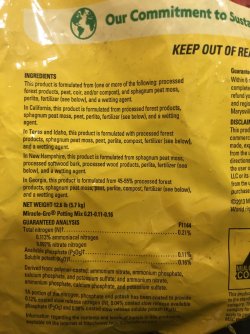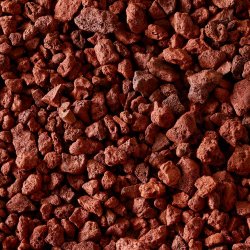Do you mean no overall benefit? Surely the fact that you are providing nutrients for plants in an otherwise barren tank is a benefit? I know you can add these in other ways but that doesn't alter the fact that rooting plants will grow better with a soil substrate under sand or gravel.
I went into this quite a bit (research I mean), I have Diana Walstad's book, and I belong to her forum. I've read her articles, and those of others who are expert in this. I've discussed it with Tom Barr. Diana herself admits that the only real benefit to soil is the initial CO2 release that provides a good supply of carbon. It takes a few months, depending, for an inert sand or fine gravel substrate to reach this level of CO2 production, but as she has written, after one year, there is no difference between soil or inert sand substrates with respect to plants.
Most of us can supply the necessary light, and supplements of nutrients are fairly easy to deal with via substrate tabs or comprehensive liquid fertilizer. But CO2 relies on that naturally produced within the aquarium (for those of us not using diffused CO2, that is another story). The decomposition of organics in the substrate is the priary source of natural CO2; respiration of fish and plants and some species of bacteria also supply CO2 but usually far less than what can result from a healthy substrate. Once the tank is established, this is fairly easy to balance.
Using soil that contains organics gets this CO2 going faster. But on this point alone, I have certainly never seen any problems, and I have torn down and replaced substrates so often I have a pretty good idea. The initial influx of ammonia which can last up to six months, and which will kill fish and plants, is a serious detriment to soil, and one I cannot see any reason to undergo. Especially when after all is said and done, there is no benefit of soil over sand going forward.
As for other nutrients in the soil, that obviously depends upon what is in the soil to begin with. Most of these organic soils are intended to supply nutrients to terrestrial plants, and that is not the same as aquatic plants which have somewhat different requirements. And I am skeptical that substrate-rooted plants will actually be any better with soil or in sand with substrate tabs. When I look back over the years of setting up tanks and the incredible (to me) explosion of plant growth from the first week, I get even more skeptical. I was convinced about 10 years ago to try a plant substrate. I choose Flourite. I set up my 70g with this substrate, planted it, and put in the fish. I ran that tank for two years before I tore it down and dumped the so-called plant substrate in a hole in the back garden; complete waste of money. I reset the tank with play sand, same plants, and a couple months later I could not tell the difference. And the fish were happier.
Plant nutrients come from tyhe water, with every plant, aquatic or terrestrial. The nutrients in the "soil" must dissolve into the water to be taken up by the roots. It doesn't matter to the plants how the nutrients get into the water. I see no point in risking the fish when there are risk-free methods that are just as good.




